Stainless steel is one of the most widely used materials in the pipe, valve, and fitting (PVF) industry due to its durability, corrosion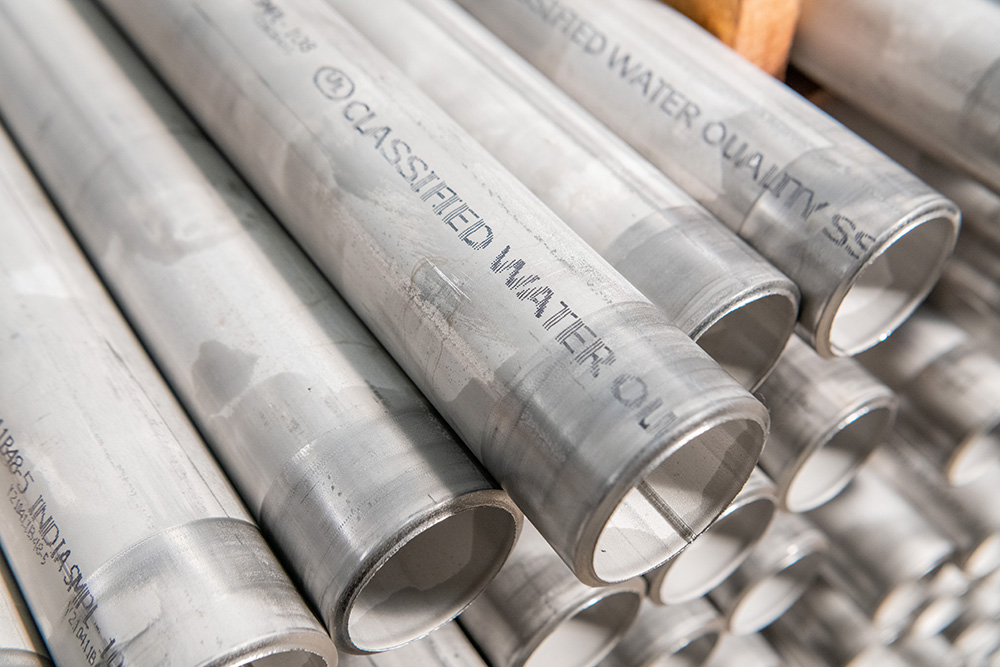 resistance, and versatility. But not all stainless steel is equal. For wholesalers in this space, understanding the difference between 304 and 316 stainless steel is critical for managing inventory, meeting customer needs, and making informed purchasing decisions.
resistance, and versatility. But not all stainless steel is equal. For wholesalers in this space, understanding the difference between 304 and 316 stainless steel is critical for managing inventory, meeting customer needs, and making informed purchasing decisions.
In this blog, we will explore the 304 vs 316 stainless steel debate, looking at their composition, benefits, costs, and when and why one is better than the other. Whether you are stocking up for plumbing contractors, marine engineers, or industrial facilities, this guide will help you make the right call.
Stainless steel is a go-to material in PVF applications for many reasons:
For wholesalers, these properties make stainless steel have high demand across multiple industries, making stainless steel a must carry product.
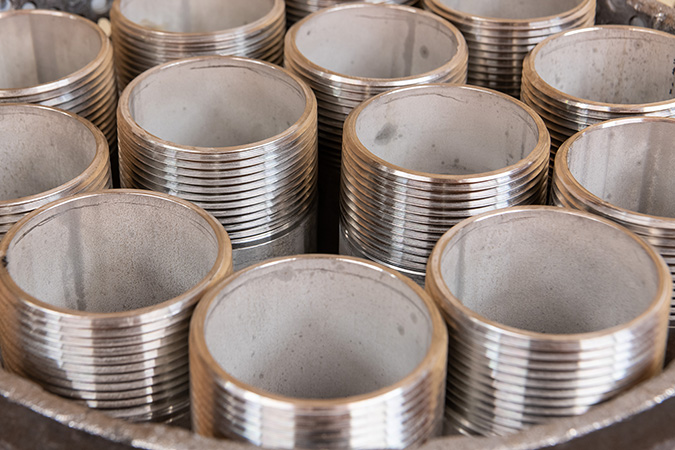 Understanding the Difference Between 304 and 316 Stainless Steel
Understanding the Difference Between 304 and 316 Stainless SteelBoth 304 stainless steel and 316 stainless steels are non-magnetic and offer excellent strength and corrosion resistance. However, their compositions have an influence on performance and application.
Type 304 stainless steel (also known as T304 stainless steel) contains approximately 18% - 20% chromium and 8% - 10% nickel, making it highly resistant to oxidation and corrosion in most environments.
Type 316 stainless steel (also known as T316 stainless steel) has a similar base but includes an important addition, 2–3% molybdenum, which significantly boosts its corrosion resistance, especially against chlorides, acids, and other harsh chemicals.
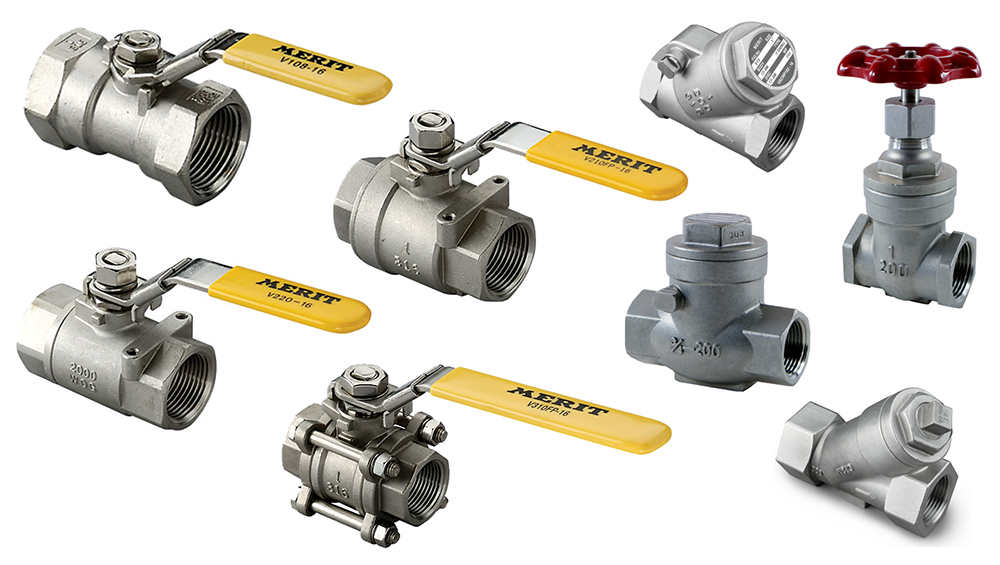
304 stainless steel performs well in general environments but is sensitive to pitting and corrosion in high-saline or acidic settings.
316 stainless steel resists harsh elements, particularly chloride-rich environments like coastal areas, marine applications, and chemical processing plants.
While the layer of chromium does provide a level of protection against certain elements, stainless steel, regardless of the alloy, can rust in certain environments.
316 stainless steel is 10–30% more expensive than 304 stainless steel due to its better corrosion resistance and higher nickel/molybdenum content. However, long-term savings in maintenance and replacements can justify the upfront cost in corrosive environments.
304 stainless steel is ideal for low- to moderate-corrosion environments where strength, appearance, and affordability are key.
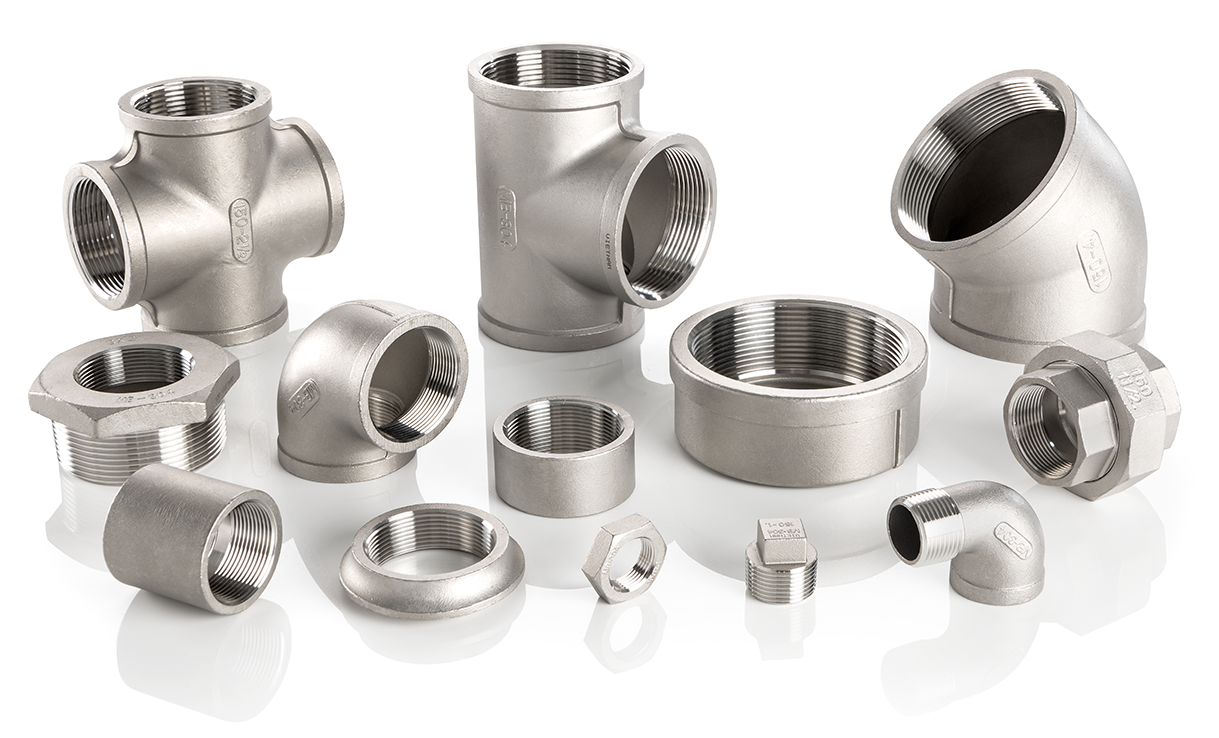 What are Some Common Type 316 Applications?
What are Some Common Type 316 Applications?
316 stainless steel is the obvious choice when chlorides, saltwater, or harsh chemicals are being used. This provides reliability and safety when failure is not an option.
Knowing when to stock more 316 vs. 304 stainless steels can prevent overstock of expensive materials or shortages of high-demand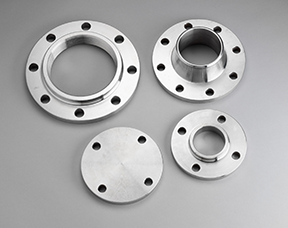 items. If you serve a coastal region or chemical industry, 316 may be more frequently purchased.
items. If you serve a coastal region or chemical industry, 316 may be more frequently purchased.
By understanding the differences, you can help customers choose the right product for their job, building trust and reinforcing your role as a knowledgeable resource.
Matching product specs to customer needs helps you avoid returns and costly product swaps. It also helps you avoid having inventory that does not move.
In a competitive market, product knowledge is a differentiator. Distributors who can confidently speak about 304 vs 316 stainless steel will stand out and get more business.
To recommend the right stainless steel grade, ask:
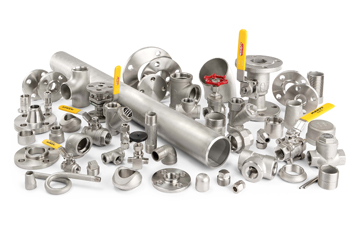
Wholesalers should also be prepared to explain why 316 costs more and when that cost is justified, how both 304 and 316 can be welded and formed easily, and why choosing the right material can save money and time later. Use brochures, spec sheets, and real-world case studies to educate sales reps and buyers alike. An informed customer is more likely to buy the right product the first time.
The difference between 304 and 316 stainless steels may seem subtle, but it has important significance for performance, cost, and reliability. As a wholesaler, understanding these materials helps you manage inventory smarter, serve customers better, and compete more effectively in the PVF market. Whether your customers project is a general plumbing need or a complex chemical installation, helping them choose the right stainless steel grade can make all the difference.
Ready to talk stainless? Contact Merit Brass to learn more about our complete line of 304 and 316 stainless steel PVF products and how we can help you meet your distribution goals.
Authors: Addison Towne, Marketing Intern, Kimberly Wallingford, Director of Marketing, and Marcus Estrella, Director of Product Line Management
Sources:
Stainless Steel Production - SSINA
Stainless Steel - Grade 316 (UNS S31600)
What are the Differences Between 316SS, 304SS, CF8M, and CF8 Stainless Steels?
Grade 304 Stainless Steel: Properties, Fabrication and Applications
Does 304 Stainless Steel Rust? Common FAQs | Arthur Harris
7/28/2025 5:45:51 AM